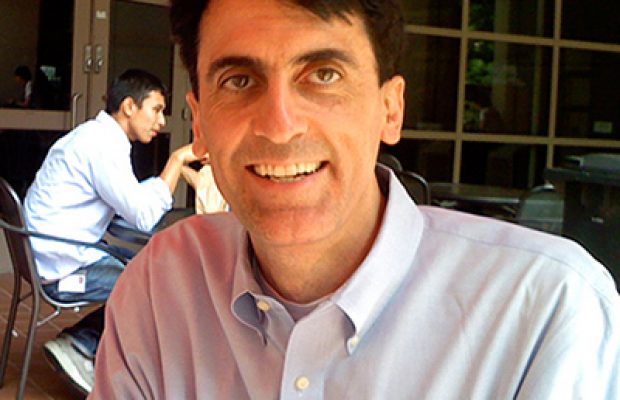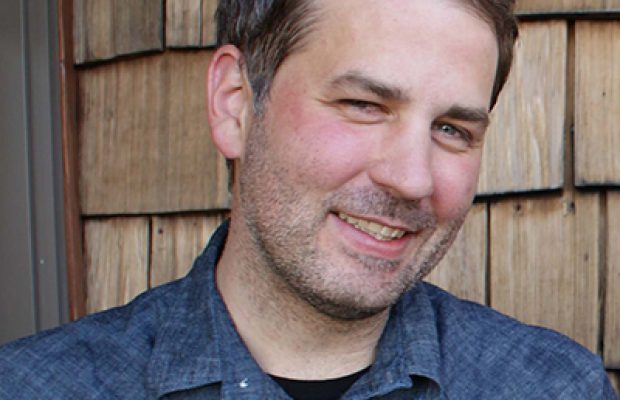Simon Braun
Simon developed a way rapidly and reversibly activate or repress any gene using dCas9 and FKBP-FRB tagged regulators. He also discovered that the switch from npBAF to nBAF contributed to the cell cycle exit of neural progenitors and the end of their multipotent state. Simon joined the faculty of the University of Geneva.










